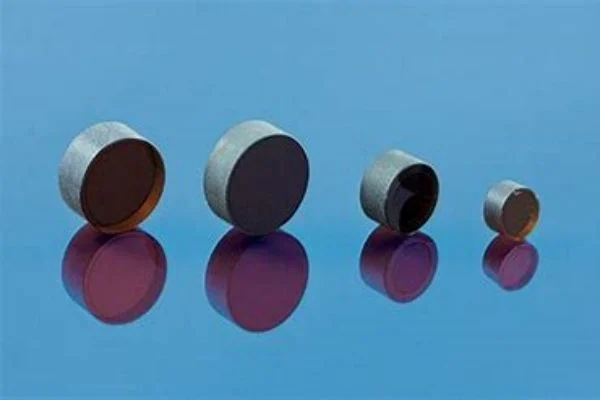
Photonics, a field focused around the creation, release, modulation, and detection of light, has actually seen immense improvements, especially in the advancement of lasers. Q-switched lasers, efficient in generating powerful, short lived light pulses, owe their operation to crucial elements referred to as saturable absorbers. This short article explores the function of saturable absorbers in passively Q-switched crystals and their contribution to laser performance.

Saturable absorbers are distinct products that lessen their absorption as the light intensity they’re exposed to increases. Initially, they take in a substantial quantity of light. Nevertheless, as the light strength escalates, the absorption process reaches a “saturation” point, reducing absorption and boosting transmission of the occurrence light.
Quantum mechanics principles drive the workings of saturable absorbers. When light hits the absorber, the atoms or molecules take in photons and relocate to a higher energy state. This absorption has a limitation. After reaching the absorber’s absorption capacity, inbound photons are most likely to promote a go back to the lower energy state, causing photon emission instead of absorption.
Passive Q-switching, a strategy employed in lasers to produce high-power light pulses, includes a saturable absorber into the laser cavity. The absorber allows the accumulation of a high population inversion before reaching saturation and permitting light to pass.
The saturable absorber plays a two-fold function in a passively Q-switched laser: it initially prevents the laser action by taking in the photons, and then, when saturated, allows an abrupt release of the accumulated energy as an extreme light pulse.
A comparison of Q-switched lasers and constant wave lasers highlights the significance of saturable absorbers in passively Q-switched crystals. In continuous wave lasers, photons are emitted constantly, leading to a lower power output. Alternatively, Q-switching, made it possible for by saturable absorbers, allows an energy accumulation leading to bursts of high-power pulses. This significant power output makes Q-switched lasers invaluable in various industrial, medical, and research study applications.
‘ Population inversion’ describes a state where the laser medium has more atoms in the ecstatic state than in the ground state, a prerequisite for laser action. In passive Q-switching, the saturable absorber aids in keeping this population inversion by avoiding the early release of photons. This leads to a larger variety of excited atoms prepared to add to the laser pulse when the saturable absorber attains saturation.
The absorber’s saturation point is the crucial point in the Q-switching process. When this point is reached, the absorber can no longer uphold the population inversion, enabling the abrupt release of the saved energy. This leads to a high-power light pulse, characteristic of Q-switched lasers. The saturation point and the subsequent pulse release are identified by the residential or commercial properties of the saturable absorber and the light strength.
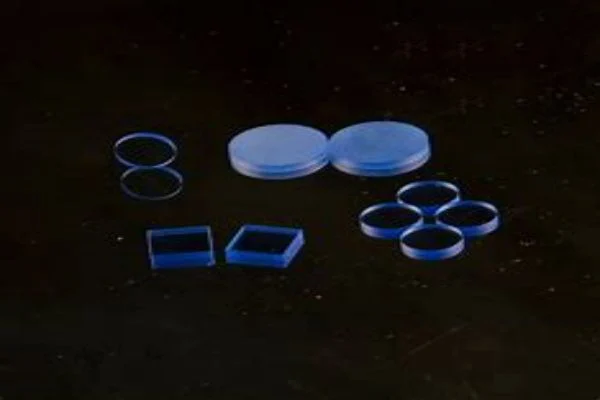
Saturable absorbers interact differently with numerous laser wavelengths. Not all saturable absorbers operate successfully across all laser wavelengths. The absorber should be thoroughly chosen to match the laser’s operating wavelength to ensure efficient energy storage and release, which is important to optimizing laser performance and attaining the desired output functions.
The habits of saturable absorbers in Q-switching is vibrant and not practically reaching the saturation point and releasing the pulse. The absorber likewise requires to recover after the pulse emission to be prepared for the next cycle. This recovery process and its period significantly impact the pulse repeating rate of the Q-switched laser. Factors such as the absorber’s saturation fluence, healing time, and the light strength play an important function in identifying this rate.
Saturable absorbers also influence the shape and period of Q-switched laser pulses. The pulse shape, whether Gaussian, square, or another type, can affect the laser’s interaction with its target in various applications. Similarly, pulse duration, the time the pulse lasts, is a vital criterion in numerous laser-based applications. By changing the properties of the saturable absorbers, one can change the pulse shape and period to fulfill particular needs.
The field of saturable absorbers is constantly advancing, with new materials and technologies emerging to enhance the performance and versatility of Q-switched lasers. For example, research study is continuous on products like graphene and topological insulators that display saturable absorption. These materials might possibly provide much better control over the Q-switching process and broaden the range of applications for these lasers.
Saturable absorbers allow exact control over the pulse energy in Q-switched lasers, vital in numerous applications where the energy of each pulse can greatly affect the outcome. For instance, in medical procedures like laser surgical treatment, pulse energy need to be exactly managed to ensure effective treatment without damaging healthy tissues. Likewise, in commercial applications like laser cutting or welding, pulse energy identifies the quality of the work. Thus, saturable absorbers are important in enhancing the energy and precision of Q-switched lasers.
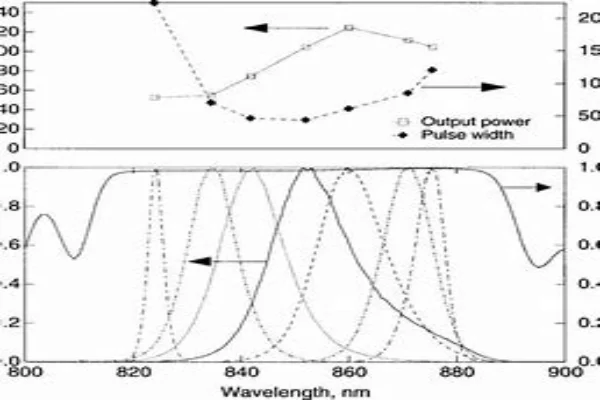
Peak power, the maximum power output of the laser pulse, can be considerably higher in Q-switched lasers than in constant wave lasers, thanks to the energy build-up helped with by saturable absorbers. High peak power is vital in applications like laser marking or etching, where it enables clean, accurate marks. By carefully picking the saturable absorber and optimizing its residential or commercial properties, one can attain the preferred peak power in Q-switched lasers.
Saturable absorbers can affect the pulse duration by controlling when the energy accumulation is launched. Much shorter pulse periods, often desired in applications like laser micromachining or medical treatments, can be accomplished by using saturable absorbers with faster saturation times.
The repeating rate of a Q-switched laser, i.e., the variety of pulses emitted per 2nd, is directly influenced by the properties of the saturable absorber. Particularly, the recovery time of the absorber– the time it considers the absorber to go back to its initial state after releasing a pulse– dictates the repetition rate. In applications where high repeating rates are needed, such as in high-speed laser scanning or information communication, saturable absorbers with fast recovery times are preferred.
The nonlinear absorption characteristics of saturable absorbers can be made use of to achieve high-contrast pulses. This is especially helpful in applications like ultrafast optics or telecommunications, where high contrast between the on and off states of the laser is needed.
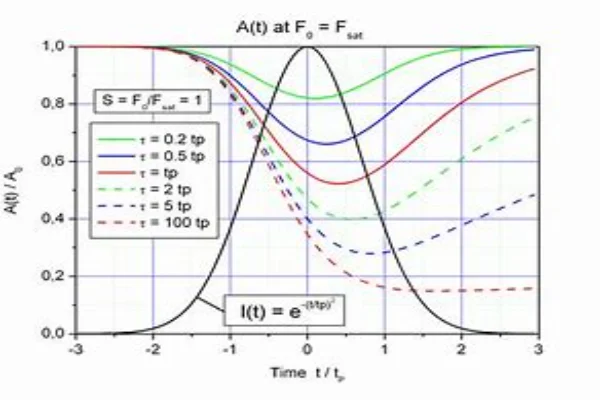
Saturable absorbers also impact the beam quality of Q-switched lasers. The beam quality, defined by criteria like beam divergence and beam profile, impacts the effectiveness and effectiveness of the laser in its application. By optimizing the homes of the saturable absorber, one can achieve remarkable beam quality, boosting the general performance of the laser.
Various materials, including semiconductors, dyes, and specific ions embedded in crystals or glasses, can act as saturable absorbers. Recently, two-dimensional materials like graphene and topological insulators have actually likewise revealed promise.
The option of a saturable absorber depends on various elements such as the functional wavelength, required pulse energy and duration, and the particular application of the laser. Understanding these elements can direct the choice of the suitable saturable absorber to enhance laser efficiency.
The functional wavelength of the laser is an important factor in picking the saturable absorber. Various products display their saturable absorption attributes at different wavelengths. Therefore, the selected absorber should display saturable absorption at the laser’s operational wavelength to make sure effective Q-switching.
The required pulse energy and duration also influence the choice of the saturable absorber. Greater pulse energies need saturable absorbers with higher saturation fluences. On the other hand, much shorter pulse durations can be attained with absorbers that reach saturation faster.
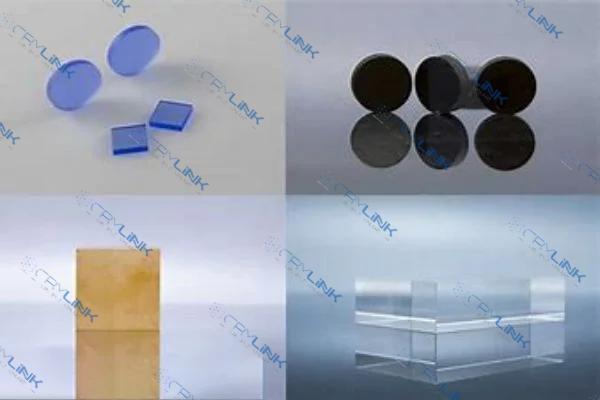
Specific applications of the laser demand various pulse attributes. For example, specific medical procedures might need short, high-energy pulses, while some commercial applications may need longer pulses with high repeating rates. The selection of the saturable absorber must line up with these particular requirements to accomplish ideal performance.
Current research study has revealed the potential of brand-new products such as graphene and topological insulators as saturable absorbers. Graphene, with its ultrafast reaction and broadband absorption, could be an appealing prospect for applications requiring short pulses with high repeating rates. Likewise, topological insulators, with their special electronic properties, might use new possibilities in tuning the pulse attributes in Q-switched lasers.
The field of saturable absorbers is evolving rapidly, propelled by advancements in materials science and laser innovation. The discovery and understanding of new products showing saturable absorption, integrated with innovative engineering techniques, are anticipated to further enhance the performance and versatility of Q-switched lasers.
Graphene and topological insulators represent a few of the exciting frontiers in the field. Their unique residential or commercial properties could potentially redefine the capabilities of Q-switched lasers. Moreover, improvements in nanotechnology could unlock to the development of nanostructured saturable absorbers with boosted efficiency and tunability.
On the application front, the increasing demand for high-performance lasers in industries such as health care, manufacturing, and telecommunications, in addition to emerging applications in locations like environmental monitoring and space expedition, will continue to drive developments in Q-switched laser innovation and saturable absorbers.
In the world of theoretical research, efforts are underway to develop more precise and thorough designs to explain the habits of saturable absorbers in Q-switched lasers. These models will enable much better forecasts of laser performance and assist in the style and optimization of brand-new lasers and saturable absorbers.
Saturable absorbers play a vital role in passively Q-switched crystals, enabling the generation of high-power, short-duration light pulses. By controling energy storage and release, they significantly influence the performance and abilities of Q-switched lasers. With continuous research and development in brand-new products and technologies, the future of saturable absorbers and Q-switched lasers holds much pledge for a variety of applications in numerous fields. Understanding the underlying mechanisms and enhancing the residential or commercial properties of saturable absorbers will continue to be at the forefront of improvements in laser innovation.